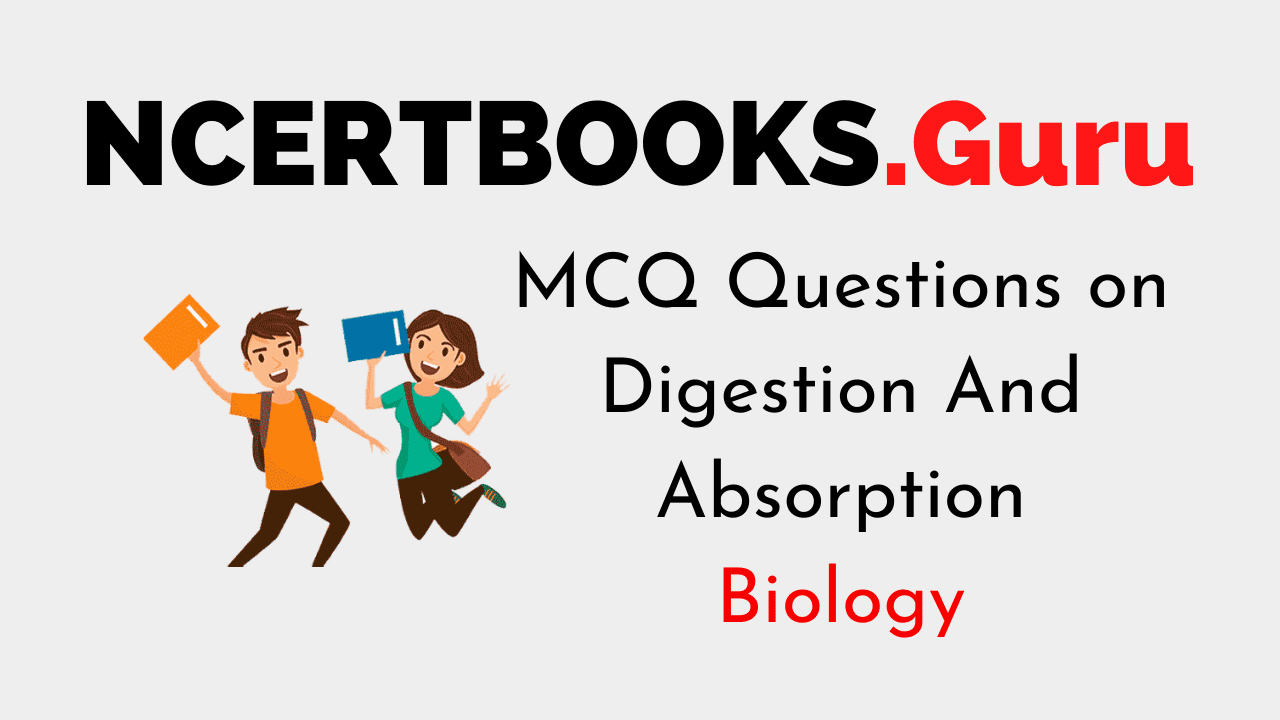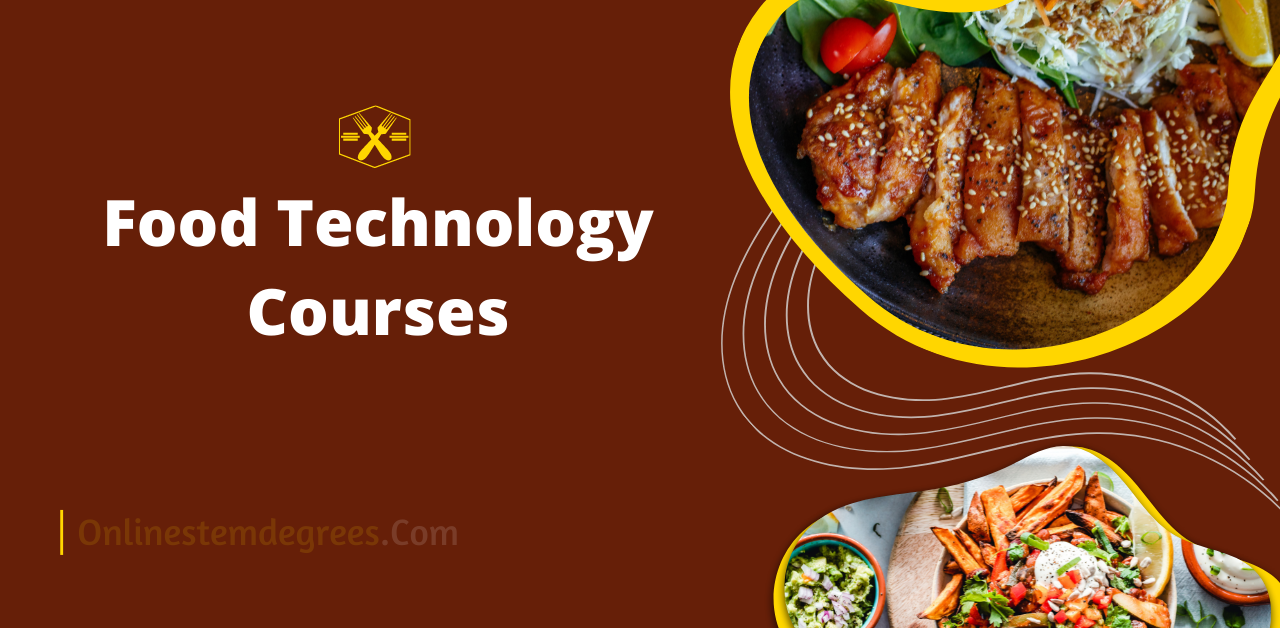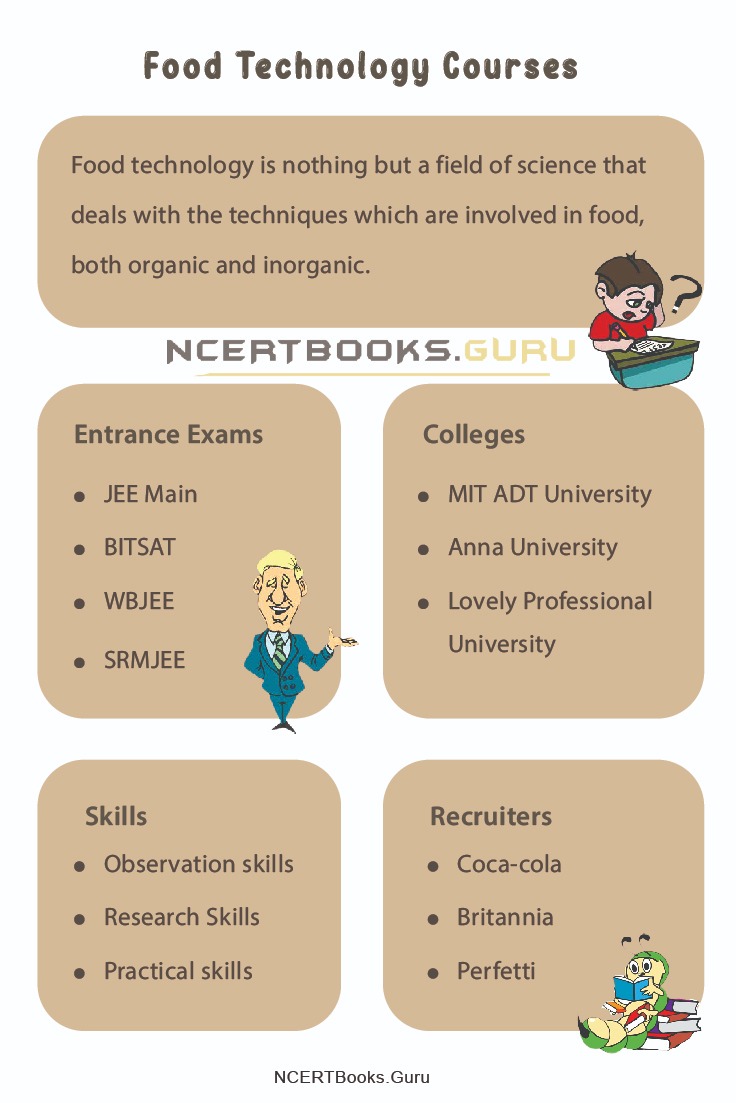We have compiled NCERT MCQ Questions for Class 9 English Beehive Chapter 6 My Childhood with Answers Pdf free download. MCQ Questions for Class 9 English with Answers were prepared according to the latest question paper pattern. Practicing these My Childhood Class 9 English MCQs Questions with Answers really effective to improve your basics and learn all the key concepts.
MCQ Questions for Class 9 English Beehive Chapter 6 My Childhood with Answers
Question 1.
What bedtime stories did Abdul’s mother and grandmother tell the children of the family?
(a)Ramayana
(b)Mahabharatha
(c)Life of the Prophet
(d)Both (a) and (c)
Answer
Answer: (d) Both (a) and (c)
Question 2.
Abdul’s friend Sivapraasan became
(a)A teaching assistant
(b) A newspaper distributor
(c) A scientist
(d) Catering contractor of Southern Railways
Answer
Answer: (d) Catering contractor of Southern Railways
Question 3.
The science teacher promoted
(a) A sense of religious unity
(b) Hatred
(c) Luxury and comfort
(d) Oppression of poor
Answer
Answer: (a) A sense of religious unity
Question 4.
Abdul’s father _______ Abdul for higher studies
(a) Encouraged
(b) Restricted
(c) Gave money
(d) Didn’t support
Answer
Answer: (a) Encouraged
Question 5.
Abdul Kalam took his father’s permission to study at the headquarters of
(a) Rameswaram
(b) Kanyakumari
(c) Ramanathapuram
(d) Kochi
Answer
Answer: (c) Ramanathapuram
Question 6.
Post second world war, India’s freedom was
(a) Already achieved
(b) Still long fetched
(c) Imminent
(d) Not possible
Answer
Answer: (c) Imminent
Question 7.
When SivasubramaniaIyer invited Abdul for the second time
(a) His wife took Abdul to the kitchen and served him food
(b) His wife asked him to go outside the house
(c) Abdul was deeply disappointed
(d) Abdul refused to accept the invitation
Answer
Answer: (a) His wife took Abdul to the kitchen and served him food
Question 8.
Abdul described his science teacher as a
(a) Handsome man
(b) An orthodox man
(c) A poor man
(d) A rebel
Answer
Answer: (d)A rebel
Question 9.
What was the name of Abdul’s science teacher?
(a) Ramanujan Iyer
(b) MadhavanIyer
(c) SivasubramaniaIyer
(d) MukheshIyer
Answer
Answer: (c) SivasubramaniaIyer
Question 10.
Who was the father of Ramanadha Sastry?
(a) Rajkumar Sastry
(b) Lakshmana Sastry
(c) Ramesh Sastry
(d) Aravindan Sastry
Answer
Answer: (b) Lakshmana Sastry
Question 11.
Who was Sivasubramania lyer ?
(a) Abdul Kalam’s new teacher in 5th standard
(b) Abdul Kalam’s science teacher
(c) Both (A) and (b)
(d) None of the above
Answer
Answer: (b) Abdul Kalam’s science teacher
Question 12.
Abdul Kalam was born in a
(a) rich family
(b) poor family
(c) middle-class family
(d) political family
Answer
Answer: (c) middle-class family
Question 13.
The name of Abdul Kalam’s father was
(a) Jainulabdeen
(b) Samsuddin
(c) Rahimddin
(d) None of the above
Answer
Answer: (a) Jainulabdeen
Question 14.
Which symbol represented Abdul Kalam as a Muslim boy?
(a) ‘he spoke Urdu
(b) he wore black clothes
(c) he wore a cap
(d) all of the above
Answer
Answer: (c) he wore a cap
Question 15.
The first that earned money for Abdul Kalam was
(a) collecting and selling tamarind seeds
(b) collecting and selling newspapers
(c Both (a) and (b)
(d) none of the above
Answer
Answer: (a) collecting and selling tamarind seeds
Question 16.
What was Kalam’s age during the second world war?
(a) 9 years
(b) 10 years
(c) 11 years
(d) 8 years
Answer
Answer: (d) 8 years
Question 17.
Which word in the lesson means unnecessary?
(a) inessential
(b) innecessity
(c) essential
(d) none
Answer
Answer: (a) inessential
Question 18.
Where was Kalam’s house?
(a) near a cinema hall
(b) near a park
(c) on a mosque street
(d) none
Answer
Answer: (c) on a mosque street
Question 19.
Why did Kalam’s father say Khali Gibran’s words: Your children are not…?
(a) to boast
(b) to ask his wife not to stop their young son from going out
(c) to be generous
(d) all
Answer
Answer: (b) to ask his wife not to stop their young son from going out
Question 20.
Who spoke Khali Gibran’s words:Your children are not….”?
(a) Sivasubramania
(b) Samsuddin
(c) Kalam’s father
(d) None
Answer
Answer: (c) Kalam’s father
Question 21.
Why did Sivasubramania serve Kalam himself and sat with him to eat?
(a) to avoid any disturbance because of biased behavior of his conservative wife and
(b) to show equal respect for everybody
(c) because he wanted to prove himself great
(c) to demoralize his wife
(d) none
Answer
Answer: (a) to avoid any disturbance because of biased behavior of his conservative wife and to show equal respect for everybody
Question 22.
Why did the teacher separate Kalam from his friend?
(a) they were talking in the class
(b) they were not doing their work
(c) they were disturbing the class
(d) because of his own notion of social ranking, religious discrimination
Answer
Answer: (d) because of his own notion of social ranking, religious discrimination
Question 23.
Why did Kalam feel sad when he was in 5th standard in an elementary school?
(a) he didn’t do his homework
(b) teacher scolded him
(c) his teacher didn’t let him sit with his Hindu friend in the first row because he was a muslim
(d) none
Answer
Answer: (c) his teacher didn’t let him sit with his Hindu friend in the first row because he was a muslim
Question 24.
What did Samsuddin do?
(a) distributed newspapers in Rameswaram
(b) helped collecting seeds
(c) helped getting money
(d) helped in selling seeds
Answer
Answer: (a) distributed newspapers in Rameswaram
Question 25.
What kind of a person was Kalam as a child?
(a) enterprising and hardworking
(b) naughty
(c) caring
(d) none
Answer
Answer: (a) enterprising and hardworking
Question 26.
Where did Kalam sell seeds?
(a) in a market
(b) to other children
(c) people of his society
(d) to provide them to a provision store on a mosque street
Answer
Answer: (d) to provide them to a provision store on a mosque street
Question 27.
Which seeds did Kalam collect during the second world war?
(a) guava seeds
(b) tamarind seeds
(c) flax seeds
(d) mango seeds
Answer
Answer: (b) tamarind seeds
Question 28.
What does emotional security mean?
(a) balance in life
(b) balance of emotions
(c) control over emotions
(d) love and care to lead a stress free life
Answer
Answer: (d) love and care to lead a stress free life
Question 29.
In what sense was Kalam’s childhood secure?
(a) he was getting all the necessities of life like food, clothes, study
(b) parents’ love and support
(c) good society
(d) all
Answer
Answer: (d) all
Question 30.
What is essential for all round growth according to the lesson?
(a) tolerance
(b) acceptance
(c) brotherhood, happiness
(d) all
Answer
Answer: (d) all
Question 31.
What is the theme of the story My childhood?
(a) children are precious
(b) childhood is a treasure
(c) society must be in harmony
(d) society, environment and childhood experiences shape one’s life.
Answer
Answer: (d) society, environment and childhood experiences shape one’s life.
Question 32.
What did Kalam’s father teach him?
(a) hatred
(b) honesty and self discipline
(c) to fight
(d) to be arrogant
Answer
Answer: (b) honesty and self discipline
Question 33.
What does Prof. Kalam talk about in his book Wings of Fire?
(a) his childhood experiences
(b) his parents
(c) his friends
(d) all
Answer
Answer: (d) all
Question 34.
Where was Kalam born?
(a) at island town of Rameswaram in Madras State.
(b) in Tamilnadu
(c) in Karnataka
(d) in Chennai
Answer
Answer: (a) at island town of Rameswaram in Madras State.
Question 35.
When did Kalam become India’s 11th President?
(a) 2000
(b) 2001
(c) 2003
(d) 2002
Answer
Answer: (d) 2002
We hope the given NCERT MCQ Questions for Class 9 English Beehive Chapter 6 My Childhood with Answers Pdf free download will definitely yield fruitful results. If you have any queries related to CBSE Class 9 English My Childhood MCQs Multiple Choice Questions with Answers, drop your questions below and will get back to you in no time.












